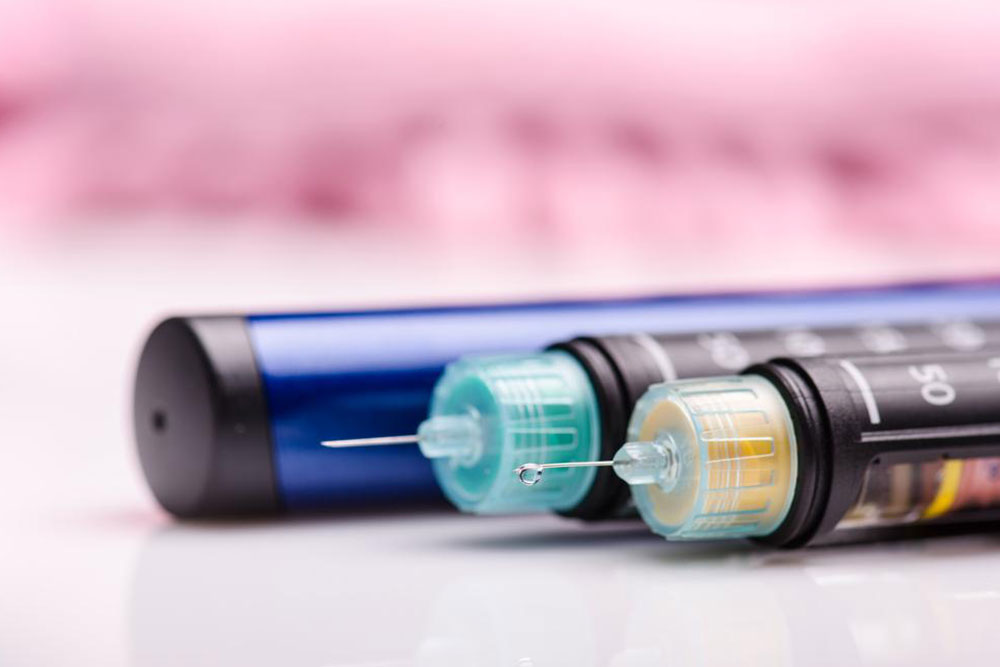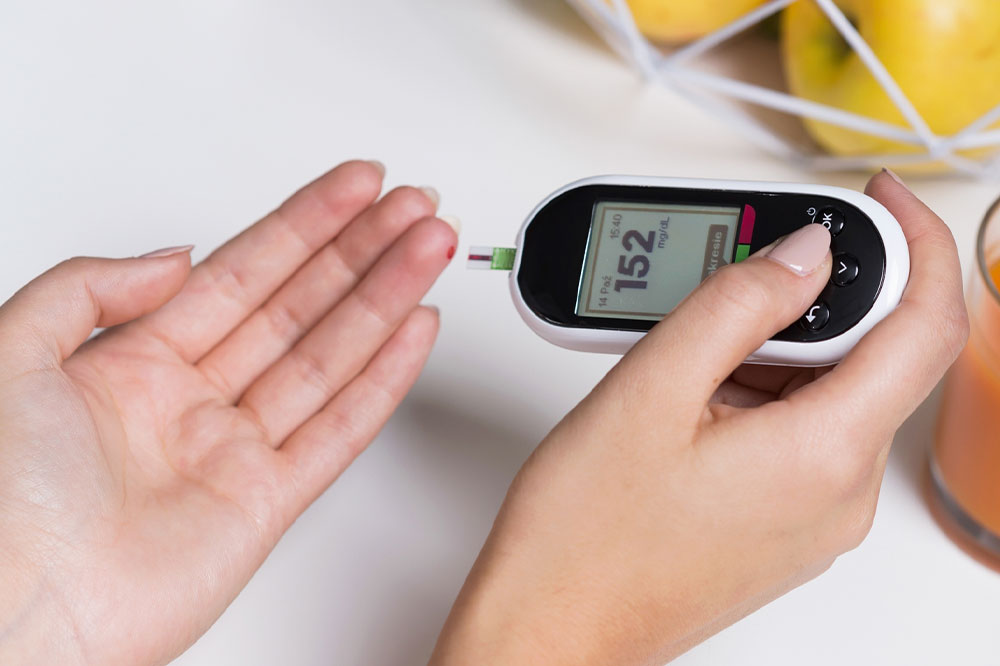In-Depth Understanding of Insulin: Types, Functions, and Its Role in Managing Diabetes
This comprehensive guide delves into the vital role of insulin in the human body, exploring its functions, types, and significance in managing diabetes. It provides detailed insights into how insulin regulates blood glucose, the differences between insulin types, and the latest advancements in insulin therapy, making it an essential resource for patients and healthcare providers aiming for optimal metabolic health.

In-Depth Understanding of Insulin: Types, Functions, and Its Role in Managing Diabetes
Insulin is an essential hormone that plays a critical role in the human body's metabolic processes. Naturally produced by the endocrine pancreas, specifically by the beta cells within the islets of Langerhans, insulin is central to regulating blood glucose levels and ensuring the body's energy needs are efficiently met. Proper insulin function allows the body to effectively utilize the glucose derived from the foods we consume, especially carbohydrates, transforming it into usable energy or storing it for future use. When insulin production or response is compromised, it can lead to serious health issues, most notably diabetes mellitus, a chronic condition affecting millions worldwide.
Understanding insulin's role involves appreciating how it maintains blood sugar homeostasis. After consuming a carbohydrate-rich meal, blood glucose levels rise. In response, the pancreas secretes insulin into the bloodstream. Insulin then facilitates the uptake of glucose into various tissues, particularly muscle and fat cells, enabling their utilization or storage. In the liver, insulin promotes the conversion of excess glucose into glycogen, a stored form of carbohydrate. When blood sugar levels decrease, such as between meals or during fasting, insulin secretion diminishes, allowing the body to draw on stored glycogen and other energy reserves to maintain blood glucose within a normal range.
Maintaining balanced insulin levels is paramount for overall health. Insufficient insulin production or impaired insulin sensitivity can lead to hyperglycemia, which, if uncontrolled, results in complications like cardiovascular disease, nerve damage, kidney failure, and vision problems. Conversely, excessively high insulin levels, often a result of insulin resistance, are associated with conditions such as obesity and metabolic syndrome. These conditions significantly increase the risk of developing Type 2 diabetes, a disease characterized by the body's inability to respond properly to insulin signals.
Diabetes mellitus, the primary disorder related to insulin deficiency or resistance, manifests mainly in two forms: Type 1 and Type 2. Type 1 diabetes is an autoimmune condition where the immune system mistakenly attacks the insulin-producing beta cells in the pancreas, leading to little or no insulin production. Patients with Type 1 require lifelong insulin therapy, typically via injections or insulin pumps, to regulate their blood sugar levels. Type 2 diabetes, on the other hand, involves insulin resistance – the body's cells become less responsive to insulin. Over time, the pancreas may struggle to produce enough insulin to compensate, resulting in elevated blood sugar levels. Lifestyle factors such as diet, exercise, and body weight play significant roles in managing or preventing Type 2 diabetes, though some individuals may also require insulin therapy.
In clinical practice, various types of insulin are used to manage diabetes, each with distinct absorption profiles and durations of action. The choice of insulin depends on individual patient needs, lifestyle, blood glucose patterns, and healthcare provider recommendations. The main categories include:
Rapid-acting insulin: This type begins to work within 10 to 20 minutes, peaks at about 1 hour, and continues to lower blood glucose for 2 to 4 hours. It is ideal for controlling blood sugar spikes after meals and is often administered just before eating. It is frequently used in combination with long-acting insulin to provide comprehensive blood sugar management.
Long-acting insulin: Designed to provide a steady level of insulin throughout the day and night, these insulins have a slow onset and a prolonged duration, typically lasting up to 24 hours. They help establish a basal level of insulin, mimicking the body's natural secretion during fasting periods. Examples include insulin glargine and insulin detemir.
Short-acting insulin: This insulin starts to work within 30 minutes, peaks around 2 to 3 hours, and lasts about 4 to 6 hours. It is usually given around meal times to manage postprandial blood sugar elevations. Short-acting insulin is sometimes used in insulin pumps or mixed with other insulins.
Intermediate-acting insulin: With an onset of around 1 to 2 hours and lasting approximately 12 hours, this insulin is often administered once or twice daily, typically at bedtime, to cover insulin needs during overnight fasting and between meals. NPH insulin is a common example.
Healthcare professionals carefully consider the specific needs of each patient, including lifestyle, eating habits, and blood glucose monitoring, to develop an effective insulin regimen. Proper education on injection techniques, dosage timing, and monitoring blood glucose levels is crucial for optimal diabetes management.Recent advancements in insulin formulations, delivery devices, and continuous glucose monitoring systems have significantly improved the quality of life for diabetic patients. Innovations such as insulin pumps and smart insulin pens allow more precise dosing and flexible lifestyles. The development of biosimilar insulins and ultra-long-acting formulations continues to expand treatment options, making diabetes management more accessible and tailored to individual needs.
In conclusion, insulin remains a cornerstone of diabetes therapy and plays an indispensable role in maintaining metabolic health. Understanding the different types of insulin, their functions, and how they are used in daily management provides patients and healthcare providers with the tools necessary for effective control and improved quality of life. As research advances, future therapies may offer even more innovative solutions for those living with insulin-dependent conditions, emphasizing the importance of ongoing medical inquiry and personalized treatment strategies.





